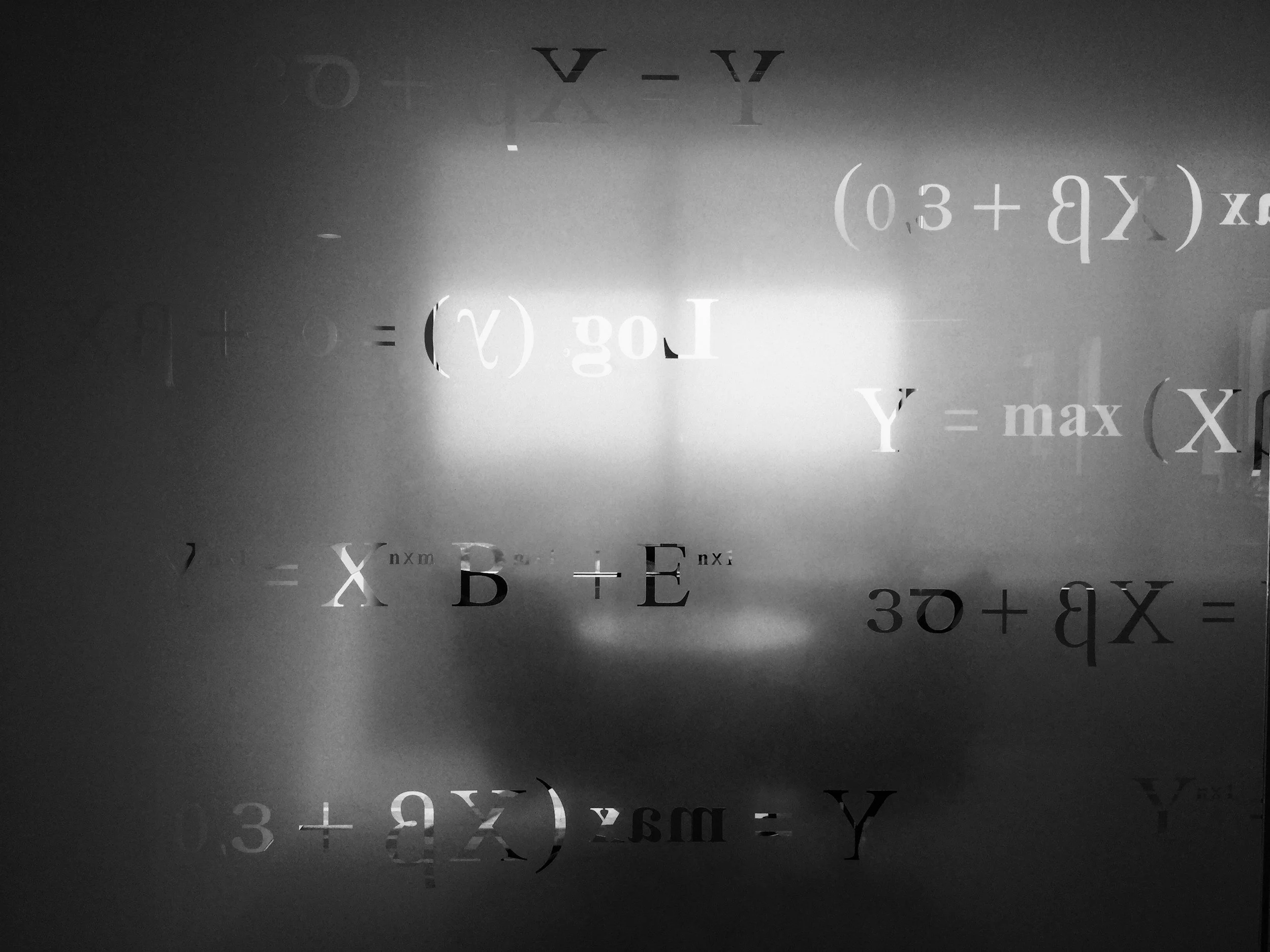
Mastering Statistics and Probability with 1:1 Math Coaching

Overview of Statistics and Probability
Statistics and probability are equip students with tools to analyze data, make predictions, and understand patterns. Mastery of these topics provides a foundation for real-world applications in fields like science, economics, business, and engineering. At BetterGradez, we provide personalized coaching that aligns with Common Core and state standards, ensuring students in grades 6–12 develop the skills they need to excel in statistics and probability.
Key Concepts
Descriptive Statistics: Learning measures like mean, median, mode, and range to summarize data.
Probability Fundamentals: Understanding basic probability concepts and calculations.
Probability Distributions: Mastering concepts like uniform, binomial, and normal distributions.
Data Interpretation: Using graphs, tables, and charts to visualize and analyze data.
Inferential Statistics: Developing skills in sampling, hypothesis testing, and making inferences.
Real-World Applications: Applying statistical and probability concepts to solve problems in everyday life and future careers.
Alignment with Common Core and State Standards
Our statistics and probability coaching aligns with the Common Core and state standards for each grade level. We help students not only meet but exceed expectations, preparing them for standardized tests like the SAT, ACT, and AP Statistics exam.
Common Challenges in Learning Statistics and Probability
Statistics and probability can be challenging due to their abstract nature and reliance on analytical thinking. Here are common difficulties students face:
1. Understanding Probability Basics
Interpreting Probability Values: Confusion over probability ranges from 0 to 1 and understanding terms like “likely,” “unlikely,” and “certain.”
Complex Calculations: Struggling with concepts like compound events, conditional probability, and the addition and multiplication rules.
2. Working with Descriptive Statistics
Calculation Errors: Mistakes in calculating mean, median, mode, and range.
Data Summarization: Challenges in understanding how different measures describe a data set.
3. Analyzing Probability Distributions
Normal and Binomial Distributions: Difficulty in grasping concepts like standard deviation, bell curves, and probabilities in various distributions.
Real-World Applications: Struggling to connect probability distributions to real-life examples.
4. Using Graphs and Charts
Interpreting Data Visualizations: Trouble reading and understanding information presented in histograms, bar graphs, and scatter plots.
Creating Graphs: Difficulty accurately organizing and presenting data in visual form.
5. Hypothesis Testing and Inferential Statistics
Abstract Concepts: Difficulty understanding hypothesis testing, p-values, and confidence intervals.
Statistical Inference: Struggling with generalizing findings from a sample to a larger population.
Real-World Applications of Statistics and Probability
Statistics and probability have a wide range of applications across various fields and everyday situations:
1. Science and Research
Experimental Data Analysis: Using statistical methods to analyze data and draw conclusions.
Predicting Trends: Applying probability in biological studies, weather forecasting, and ecological modeling.
2. Economics and Business
Market Analysis: Using statistics to interpret consumer data and make business decisions.
Risk Assessment: Applying probability to evaluate investment risks and insurance models.
3. Medicine and Public Health
Clinical Trials: Using statistics to determine the effectiveness of new medications or treatments.
Epidemiology: Applying probability and statistics to track and predict disease spread.
4. Sports and Entertainment
Performance Statistics: Using data to analyze player performance, game outcomes, and team statistics.
Probability in Games: Understanding odds and probability in games of chance, like poker or lotteries.
5. Everyday Decision-Making
Weather Predictions: Applying probability to interpret weather forecasts and plan daily activities.
Financial Planning: Using probability to assess risks and returns on investments.
How BetterGradez Can Help
At BetterGradez, we turn challenges into strengths with our personalized, interactive coaching approach, designed to make statistics and probability engaging and accessible.
1. Tailored Learning Plans
Initial Diagnostic Assessment: Identifying each student’s strengths, areas for growth, and learning style.
Customized Strategy: Crafting a learning plan that addresses each student’s unique challenges in statistics and probability.
2. Conceptual Understanding
Real-World Examples: Connecting statistical concepts to everyday applications, like weather predictions, sports analysis, and business trends.
Hands-On Learning: Using manipulatives, digital tools, and interactive activities to enhance understanding.
3. Skill Development
Data Analysis Practice: Guiding students through interpreting graphs, charts, and tables to build analytical skills.
Problem-Solving Techniques: Teaching systematic approaches to solve complex statistical and probability problems.
4. Confidence Building
Positive Reinforcement: Celebrating successes to boost self-esteem and reduce math anxiety.
Growth Mindset Development: Encouraging students to believe they can improve with effort and practice.
5. Expert Guidance and Support
Experienced Tutors: Our coaches are skilled educators with a passion for making statistics and probability accessible.
Consistent Support: Offering help outside sessions, including homework assistance and resources for independent study.
Take the First Step Toward Math Success
At BetterGradez, we’re passionate about helping students excel in statistics and probability through tailored coaching that builds confidence and skill.
